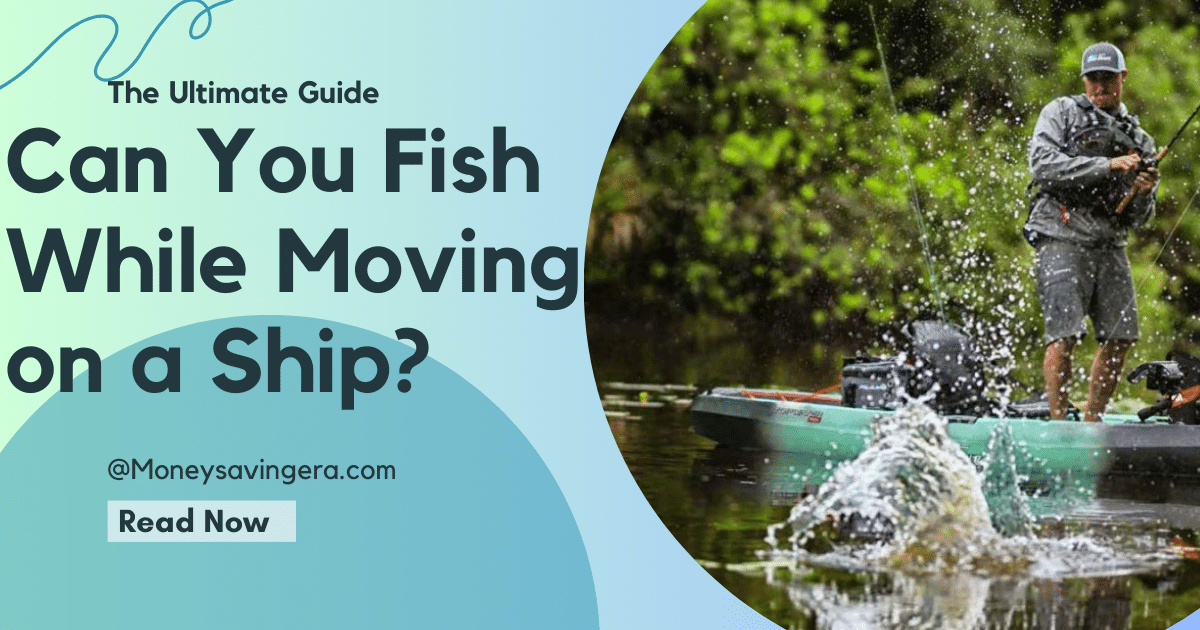Swain’s Reef is one of the most popular and productive fishing spots in the Florida Keys. This expansive coral reef system provides habitat for an incredible diversity of marine species throughout the year. However, there are certainly optimal times to target specific fish species at Swain’s Reef.
In this article, we’ll break down the seasonal patterns and best angling methods for Swain’s Reef to help fishers maximize their time on the water and boat ramp.
Spring Season (March – May)
Spring marks a transition period as the northerly winter winds subside and the water begins to warm. Baitfish become more plentiful, signaling the start of an active spawning and feeding period.
Inshore Species
The spring season is one of the best times to target inshore species around Swain’s Reef, like redfish, speckled sea trout and tarpon. As the water warms, these fish become more active and patrol the flats in search of an easy meal. Anglers fishing inshore should focus efforts around the mangrove islands and seagrass prairies adjacent to the reef.
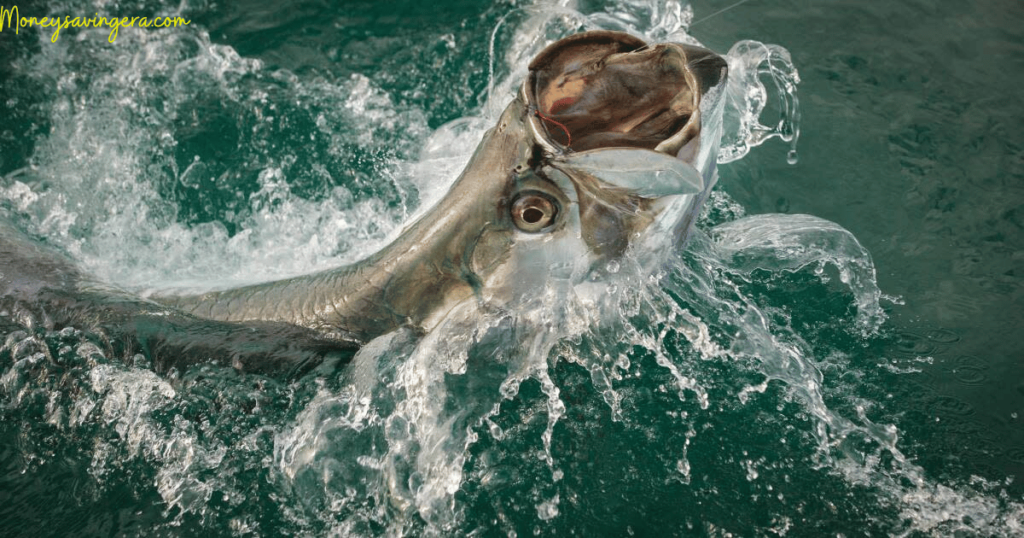
Shrimp and artificial baitfish imitations are the top-producing baits for springtime flatfish fishing. Areas with current and structure, like channels, dropoffs, and oyster bars, are prime spots to find fish.
Offshore Species
The early spring marks the beginning of spawning aggregations for many snapper and grouper species offshore on the reef. Bottom fishing is very productive this time of year. The patch reefs and ledges in 55–90 feet of water are areas where schools of mutton, yellowtail, mangrove, and red snapper will gather. Live bait fishing with pinfish, grunts, or pilchards is the way to go. Don’t be afraid to try some high-speed vertical jigging over these prime areas as well.
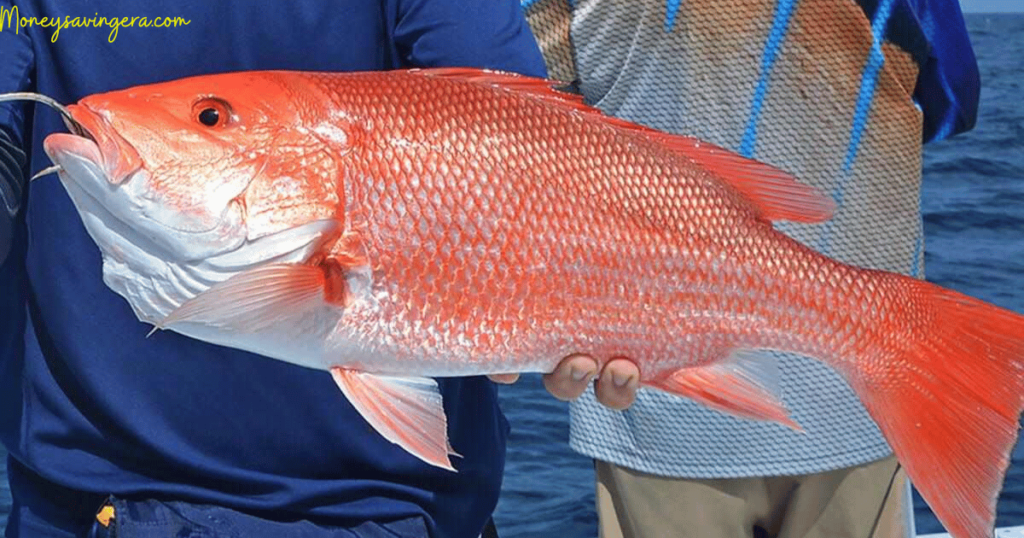
As the spring progresses, pelagic activity begins to improve offshore as well. Cobia and king mackerel migrations begin, with some larger specimens up to 50 lbs entering the fishing grounds. Slow trolling live baits behind the reef is the most effective technique for targeting these species.
Look for any significant color change, sargassum weed line, temperature break, or current edge to cruise for fish. Have a pitch rod ready to throw live bait, soft plastic sluggos, or spoons at any cobia in the 20–40 lb range that may investigate the boat.
Summer Season (June–August)
Summer is hot, humid, and can be downright brutal on the water at times in South Florida. But for anglers willing to bear the heat and severe storms that come with it, summer offers some amazing offshore fishing opportunities off Swain’s Reef.
Offshore Species
The fertile waters of the Gulf Stream push in close to shore around Swain’s Reef in the summer. Along with it comes a host of migratory species like mahi mahi, blackfin tuna, wahoo, and more. Trolling is the most effective technique for covering water and locating productive areas.
Pulling squid spreader bars, ilander rigs and cedar plugs at 8 – 9 knots is a proven trolling strategy in this area. Look for floating debris, current rips or temperature breaks when setting up a trolling pattern.
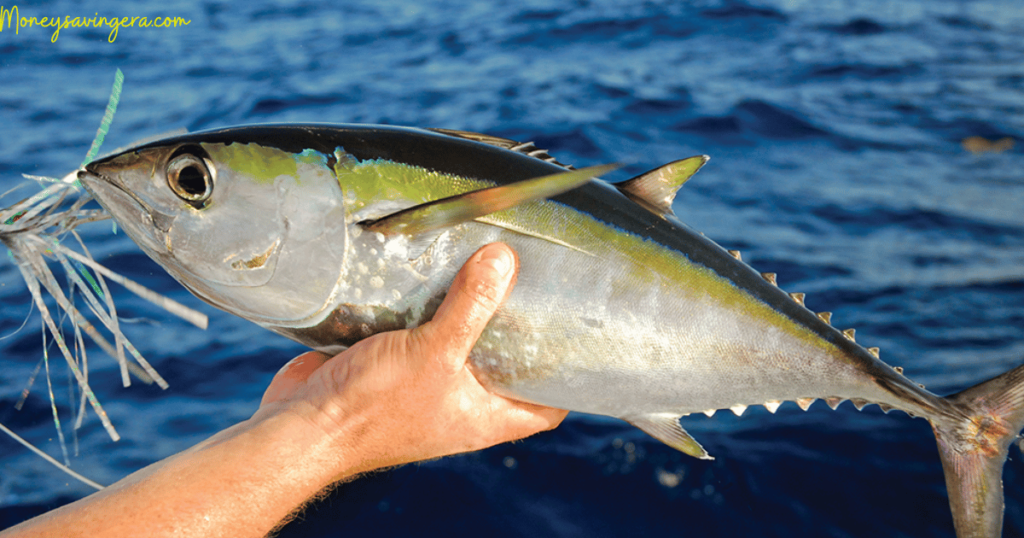
The patch reefs and shallow wrecks also provide excellent bottom fishing opportunities in the summer. Snappers and groupers readily take live baits and trigger even the most finicky bite with a well presented vertically jigged spoon or plug.
Inshore Species
Inshore fishing can be more challenging in the heat of summer. The extreme temperatures push fish into deeper, cooler water or thicker cover. Targeting dock lights, creek channels, oyster bars and deep grass edges increases the chances of hooking up fish.
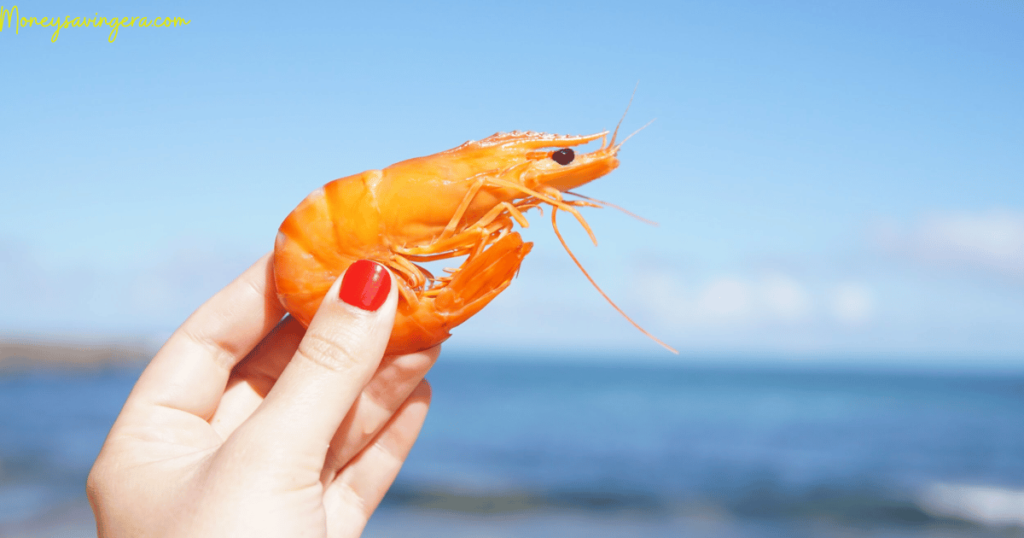
Shrimp are the top live bait, but soft plastic jerk baits and topwater poppers also work well. The best inshore windows are early morning or late afternoon when rain and heat subside.
Fall Season (September – November)
The cooling water of fall drives massive baitfish migrations through the region, along with hungry predators in hot pursuit. For many anglers, fall is the peak fishing season at Swain’s Reef.
Inshore Species
Huge bull redfish cruise shallow flats in fall, targeting baitfish and crustaceans pushed out of the marshes by dropping temperatures. Live shrimp, mullet imitations, and soft plastic jerk baits are all effective lures. Focus on areas with good tidal flow around points and oyster bars. Topwater plugs can also elicit explosive strikes from reds and jacks early in the morning.

The mangrove islands and shorelines also become productive environments in the fall. Snapper, sheepshead and black drum congregate along mangroves feeding on fiddler crabs and baitfish flushed out by the tide. Small live shrimp fished on the bottom are deadly on all three species.
Offshore Species
The fall mullet run leads to endless opportunities for both trolling and live bait fishing off Swain’s Reef. King and Spanish mackerel gorge on glass minnows and other small baitfish. Slow trolling Drone spoons and small plugs in a zig-zag pattern are an effective way to locate and catch these hard fighting fish. Look for diving birds, bait busting out of the water, or changes in water clarity or texture to find feeding fish.
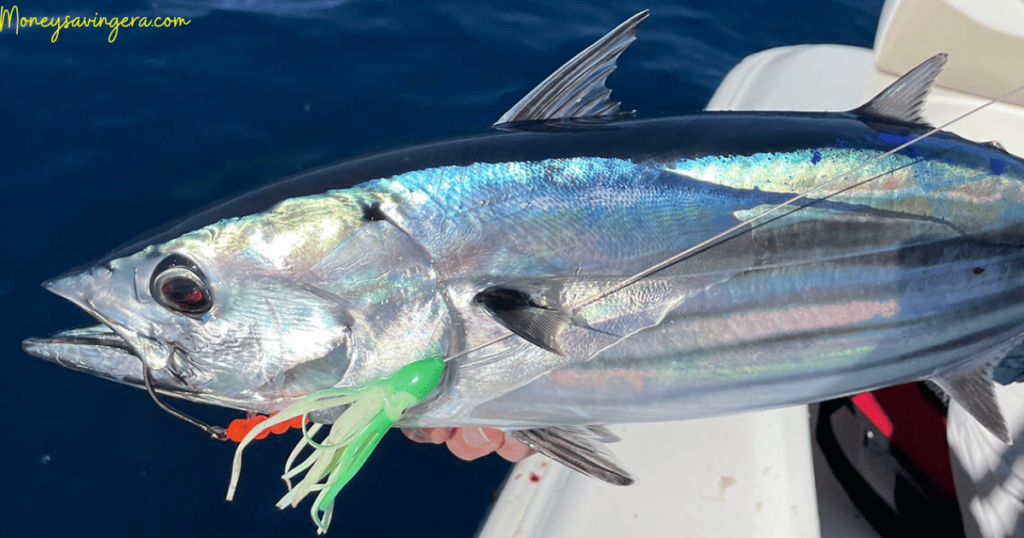
The patch reefs also see large schools of blackfin tuna and false albacore crushing baitfish on the surface in the fall. Almost any fast moving lure retrieved through a school will get crushed. Metal spoons, surface poppers, and small jigs work best for targeting breaking tuna.
Winter Season (December – February)
The winter months offer the most inconsistent fishing off Swain’s Reef, as water temperatures significantly decline and winds frequently whip the region. However, for anglers who time things right, winter can provide amazing light tackle and fly fishing opportunities.
Inshore Species
Along mangrove shorelines, juvenile tarpon, jacks, and black drum will still feed on warmer winter afternoons when the wind is down. Work shorelines and creek mouths with live shrimp or artificial shrimp imitations. On the flats, redfish and sheepshead remain active if water temperatures hold in the low to mid 60s.
Sottom fishing for snapper and grouper slows around the reef, but sheepshead concentrate on structure in decent numbers. Target reefs, wrecks, and channel markers with live and artificial crabs to catch sheepies.
Offshore Species
While turbulent days restrict most offshore fishing, the annual sailfish migration peaks off Swain’s Reef in January and February. Troll live goggle eyes, pilchards, blue runners, or pinkish fish on drifting sea anchors and kites to target hungry sails. Look for diving birds, bait balls, or slicks when trying to locate fish.
Conclusion
Swain’s Reef provides excellent fishing year-round for anglers who understand seasonal patterns and are adaptable with their techniques. While fall is considered the peak season, every month offers outstanding fishing opportunities both inshore and offshore if you time things right. Pay close attention to moon phases, weather forecasts, and water conditions to experience the best this legendary fishery has to offer during your trip.


